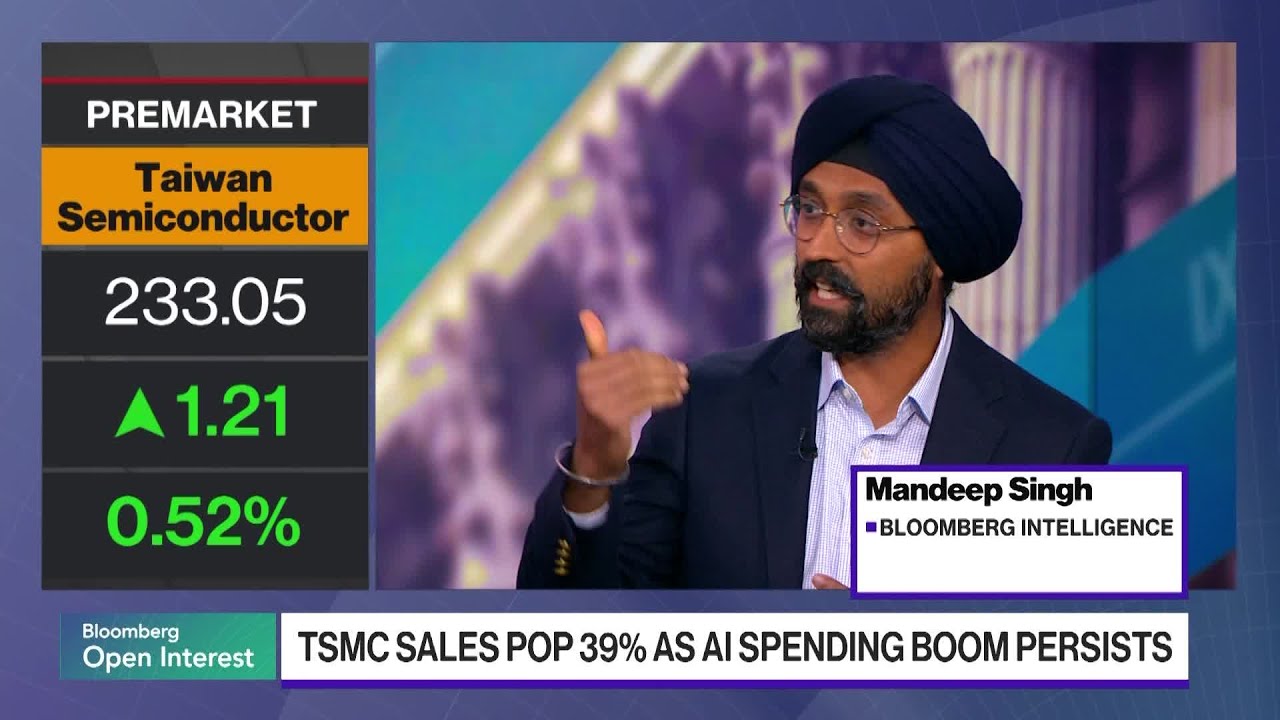The video highlights TSMC’s strong first-half revenue growth driven by AI chip demand, closely tied to Nvidia’s success, while noting potential slowdowns in other sectors and the importance of the upcoming smartphone market performance. It also discusses emerging AI technologies like X’s Grok chatbot, the competitive AI talent landscape, and the challenges of managing innovation within large organizations amid the rapidly evolving AI industry.
The video discusses the impressive financial performance of TSMC, the world’s largest contract chipmaker, highlighting a 40% revenue growth in the first half of the year, largely driven by the booming demand for AI chips. Despite this strong growth, the month-over-month results were less encouraging, and attention is now turning to the smartphone market’s performance in the second half of the year, particularly the critical holiday quarter. The video notes that other sectors like automotive and smartphones have not shown significant growth recently, possibly due to tariff-related pull-forwards in the first half.
A key point made is the close relationship between TSMC’s growth and the success of companies like Nvidia, which recently crossed a $4 trillion market valuation. AI-related revenue currently accounts for a significant portion of TSMC’s income and is expected to grow further, reflecting the increasing demand for AI chips that Nvidia produces. The video suggests that TSMC will likely revise its earnings upwards due to strong AI demand, but the overall growth rate may slow in the second half of the year, which will be an important indicator for both TSMC and Nvidia’s future performance.
The conversation then shifts to AI developments outside of chip manufacturing, focusing on X’s unveiling of Grok, a new AI chatbot. While there is potential for integrating such AI technology into Tesla vehicles for voice assistance, the video cautions that the technology is still in its early stages and prone to errors like hallucinations. Therefore, widespread deployment in cars may be premature, though the use case for voice AI in vehicles is clear and promising for the future.
The video also touches on the competitive landscape for AI talent, noting that companies like Meta are offering substantial pay packages to attract top researchers. This talent war is intense because a relatively small number of researchers are driving major innovations in large language models. However, there is a risk that some companies may have to slow down product launches if they lose key personnel, which could impact the pace of AI development and deployment in the near term.
Finally, the video highlights the complexity of managing AI innovation within large organizations, mentioning the young leadership at companies like Scale AI and the importance of coordination among top researchers. It also references the broader ecosystem of AI talent, including experienced figures like Linda Ocarina, who are helping to bridge traditional expertise with cutting-edge AI advancements. The discussion underscores the dynamic and rapidly evolving nature of the AI industry and its critical role in shaping future technology trends.
